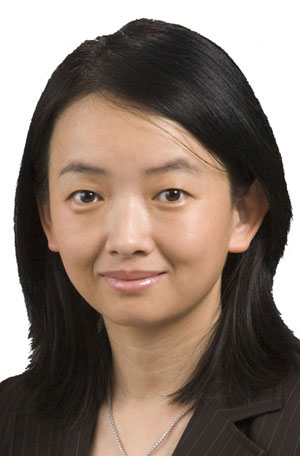Doctor makes her mark in nuclear medicine research
 |
|
Tian Mei is active in nuclear medicine and molecular imaging research. [Photo/Xinhua] |
Tian Mei wanted to be a doctor since she was young, and now she has exceeded her childhood dream.
A clinical doctor and PhD instructor at the Second Affiliated Hospital of Zhejiang University School of Medicine, Tian and her team have created a series of innovative molecular imaging techniques, focusing on the basic research and clinical application of positron emission tomography (PET), which provides promising support for early disease detection, new drug development and stem cell research.
Born in Taiyuan, North China's Shanxi province, Tian, 44, enjoys international recognition. She is active in nuclear medicine and molecular imaging research, and has just come back from a meeting in Vienna held by the International Atomic Energy Agency.
She and other top experts in the field were there to discuss the development and further application of nuclear medicine and to draft global guidelines.
She is the only Chinese expert in nuclear medicine who has been invited for such a meeting to date, according to Tian.
"Nuclear medicine and molecular imaging is one of the most sophisticated branches of medical science. It is very promising in improving disease diagnosis and treatment," says Tian.
"I love what I do, because my work is meaningful and helps save lives."
PET is significantly instructive in medical researches, because it uses radio-labeled tracers to visualize specific biological processes at the cell and molecular level, and can show details of cells, tissues and organs in experiments.
The United States started using PET scanner in the 1970s, and has been leading in the area since then. Japan and some other developed countries, including Germany, also have advanced research in the field.
















